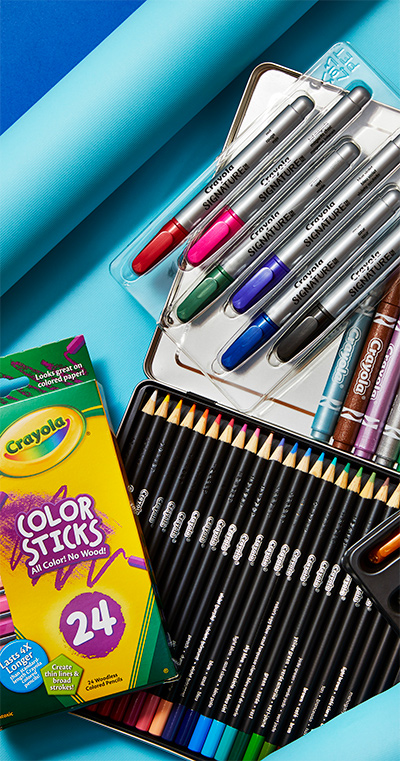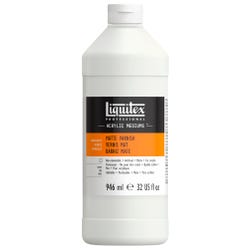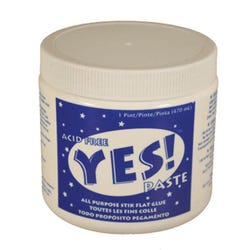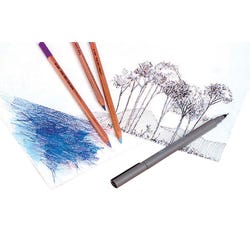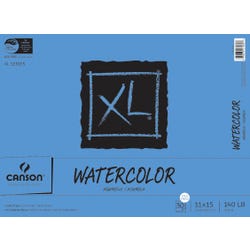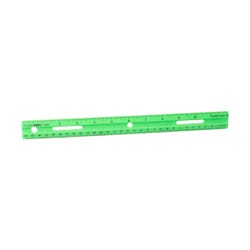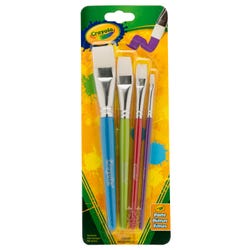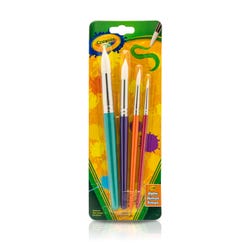The Moon Over NYC

Description
Lesson Plan and Artwork by Phyllis M. Annett
In modern visual art, mixed media is an artwork in which more than one medium or material has been employed. In this lesson, students will conceptualize and execute a collage by using a myriad of Crayola products to give the artwork the best possible outcome. A ‘Skyline” theme from their own personal experiences and surroundings will lend itself perfectly for the mixed media approach.
Objectives
- Understand and experience the art of collage making.
- Enable students to add specific components as well as draw from personal experiences and neighborhoods in “skyline” themed Collages.
- Explore how mixed media and the Elements and Principles of Design all play a part in artwork.
Supplies Needed
Crayola® Take Note!™ Permanent Markers, Fine, Assorted, Set of 24
Crayola® Signature Blend & Shade Colored Pencils, Set of 24
Crayola® Washable Watercolor 24-Color Set
Crayola® Big Paint Brush Set, Flat, Set of 4
Crayola® Big Paint Brush Set, Round, Set of 4
Crayola® Color Sticks, Set of 24
Crayola® Metallic Markers, Set of 8
Crayola® Signature™ Pearlescent Cream Sticks, Set of 10
Crayola® Signature™ Metallic Outline Paint Markers, Set of 6
Crayola® Signature™ Liquid Metal Craft Markers Set of 6
School Smart® Plastic Rulers 12”, Set of 6
Strathmore® 300 Series Bristol Pad White 11 x 14 in, 20 Sheets
Yes!™ Paste 16 oz
Crescent® Mixed Media Board Snow, 15 x 20 in, Pack of 15
Canson® XL® Watercolor Pad 11 x 15 in, 30 Sheets
Liquitex® Matte Varnish, Quart
Standards
Standard #1: Generate and conceptualize artistic ideas and work.
Standard #3: Refine and complete artistic work.
Standard #6: Convey meaning through the presentation of artistic work.
Standard #8: Interpret intent and meaning in artistic work.
Standard #9: Apply criteria to evaluate artistic work.
Standard #11: Relate artistic ideas and works with societal, cultural and historical context to deepen understanding.
Instructions
1
Show examples of collages from Pablo Picasso and Georges Braque, who introduced it into the art world at the beginning of the 20th century. It can also be found in the 1940’s Surrealist work of Joseph Cornell and the 1920’s Dada work of Andre Breton. Explain that the word ‘collage’ is from the French word ‘coller’, which means ‘to glue’. It is an ever evolving process of creating and gluing shapes.
2
Offer the definition of a ‘skyline’: a pattern or shape made against the sky created especially by the buildings in a city, but can also be made from a rural setting, ie., farm buildings and animals on a hill.
• Initiate a discussion on what makes a ‘skyline’. What are components for city scapes, and landscapes?
3
Inform students they will be using a combination of painting, drawing, cutting, and gluing techniques with paint, markers, color sticks, and colored pencils on Bristol Board and watercolor paper to create the parts of their collage.
• Bristol Board will be used for marker and pencil work because of its smooth surface and watercolor paper for the painted areas.
4
Discuss size, color and intensity to depict depth and distance in the work.
• To suggest perspective, draw and cut components in diminishing size.
5
Demonstrate how to put the collage together, stressing that all parts must be laying down BEFORE GLUING anything to be able to adjust the progressing of parts. Once a piece is glued, it cannot be moved.
• Discuss the progression of parts - background components must be made first, then middle ground subjects and lastly foreground, all done in diminishing size with the background details as the smallest and lightest in color to depict perspective. Collage board will be the substrate all is glued onto.
6
Detailed components should be cut out individually and glued to the surface one by one to create the Skyline.
• Decide on details for foreground, middle ground and backgrounds. Use a large piece of watercolor or Bristol Board to make the sky, remembering which art products are suitable for each type of substrate.
• Glue the sky down first.
• Create the subjects of each section: foreground, middle and background.
• Remember the foreground is the closest in perspective for the viewer and details should be larger than those in middle and foreground areas.
• All components need to be colored or painted and laid down into place before gluing down so that adjustments can be made to the composition.
7
Lastly glue all parts down.
8
Display all work and have students evaluate their work and the work of others.
